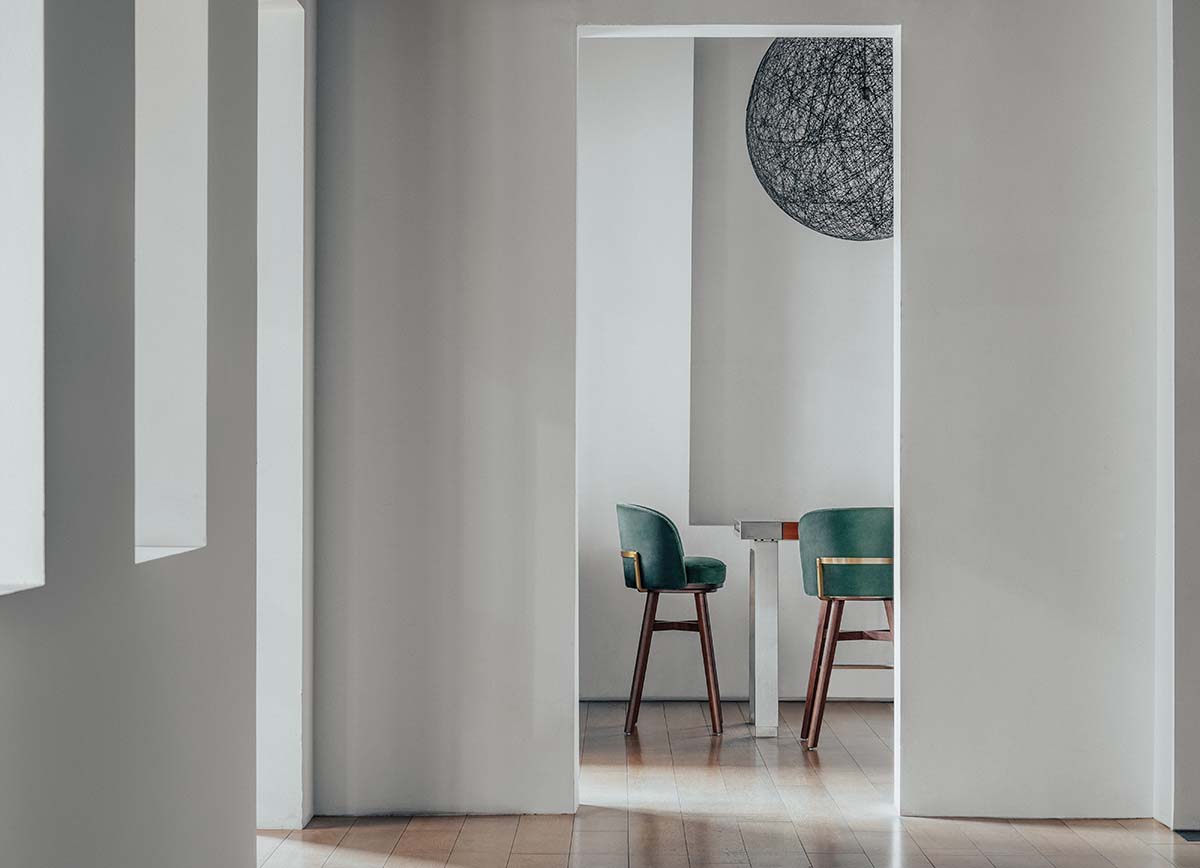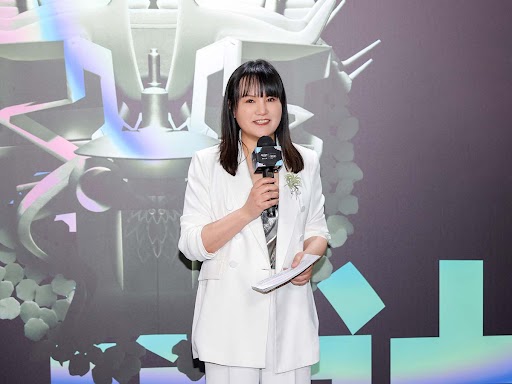The 2025 edition of Design Shanghai has already been confirmed – opening precisely on 4 June 2025 – and it will feature a range of new contents. Demonstrating the dynamism of the sector, a new event in Shenzhen has been announced as well as the launch of Design Shanghai Collectible (31 October – 2 November). The growing focus on collectibles is an interesting phenomenon that is driving lively debate. On the one hand, there is the undeniable interest in one-offs and limited editions with an accent on art. On the other, there are doubts about whether this category is distancing designers from more pragmatic issues and the needs of the market. It’s an open discussion, but in any case collectible design is attracting the attention of buyers and consumers, fascinated by the idea of owning unique, inimitable creations.

We talked about this and the state of the Chinese design market in general with Zhuo Tan, the tireless director of Design Shanghai, at the helm of the most important design fair for the Asian market.
Zhuo, based on your vast experience in the Chinese design sector, what are the key trends you see that can shape the market?
We are seeing growing demand for unique, iconic design pieces, from both international and Chinese brands. I believe this is due to various factors, including economic growth, which allows consumers to invest in distinctive pieces, and a greater focus on sustainability. At Design Shanghai we have noticed great interest in recycled materials, bio-materials and green solutions. Another rising trend, though less obvious, is home automation. Chinese consumers are fascinated by high-tech solutions for the home, and this is also reflected in design.

With your extensive knowledge of western and eastern markets, what significant differences have you noticed in the behavior of consumers regarding design products in China, as opposed to Europe or North America?
Chinese consumers began to approach the world of design only about a decade ago. At first the tendency was to purchase iconic pieces by famous brands like Vitra or Fritz Hansen, seen as status symbols. In recent years we are seeing a change: Chinese consumers are starting to explore emerging brands as well, especially based in China, due to the appeal of more affordable prices and unique design. With respect to European and American consumers, who have more established knowledge of design and are looking for one-offs or limited editions, the Chinese consumer is still in the initial phase of construction of an approach to collecting.
Based on your observations, what can you predict in terms of growth or evolution of the Chinese design market in the years to come?
The design market in China is growing. I believe we have only scratched the surface. There are enormous unexplored potentialities, especially in the second and third tier cities. Interest in design is expanding, sustained by a new generation of talents and an increasingly attentive, well-informed audience.

What are the biggest challenges facing the Chinese design market, and how will Design Shanghai try to address them?
One of the main challenges is that of teaching the market, spreading greater awareness of the value of good design. At Design Shanghai we invite international brands to participate, to reach out to a wider audience and to promote local talent. Through initiatives like the Sustainable Design China Summit and the exhibition Materials First, we raise public awareness of the importance of sustainability and innovation in design.







